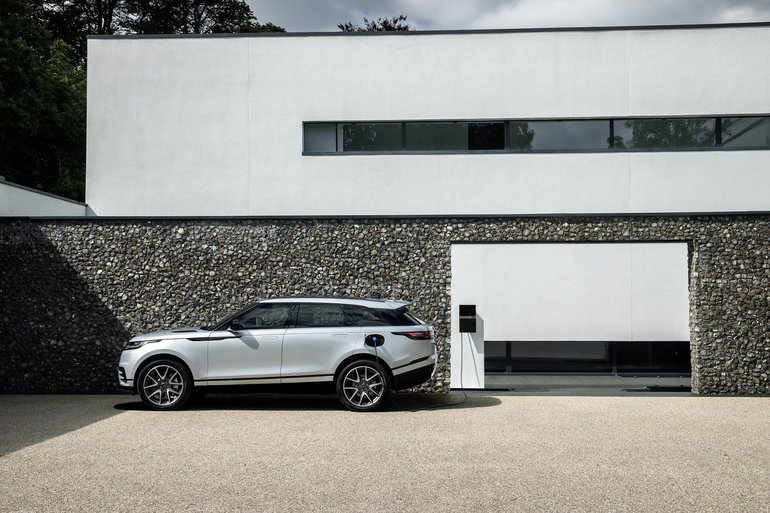Range Rover's Hybrid Engines
December 28 2020,

Hybridity is now pervasive throughout the industry, and at Jaguar Land Rover, we're not standing alone as many of our products offer some form of electrification. And that's just the beginning.
Right now, if you take a look at the line-up, you'll discover mainly two different types of approaches: Mild Hybrid Electric Vehicle (MHEV) and Plug-In Electric Vehicle (PHEV).
Let's see how each one works.
MHEV
In the case of models with MHEV engines, this is referred to as a lightweight hybrid approach. The latter contributes to the combustion engine. The system collects and stores energy lost, particularly during the deceleration of the vehicle during everyday driving. It uses this energy to assist the engine, giving it support, for example, during acceleration or start-up. This results in less energy being expended by the engine, which means lower fuel consumption.
The system also offers an engine start/stop mode that allows the engine to stop running when the vehicle is decelerating to a complete stop. Again, each time this occurs, a reduction in fuel consumption is achieved.
The Range Rover and Defender models benefit from this approach, recognized by the P400 designation. The system works with the company's Ingenium 6-cylinder engine, a block that is 3 litres in size.
PHEV
With a P400e PHEV vehicle, hybridity is pushed a little further, while the engine, in this case, a 2.0-litre 4-cylinder, is combined with an 85-kWh electric motor. Add to that a 13-kWh battery that draws its charge from an external source, and you end up with a configuration that allows you to operate in electric mode over a distance of 51 kilometres.
Offered with the Range Rover and Defender, this is ideal for anyone who wants to do their part for the planet without sacrificing long range and quick refuelling. With a PHEV vehicle, it is possible to travel the vast majority of its trips in pure electric mode and effectively contribute to reducing greenhouse gases.





